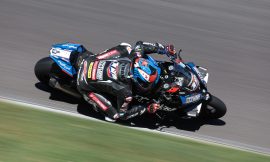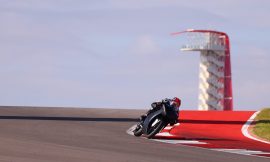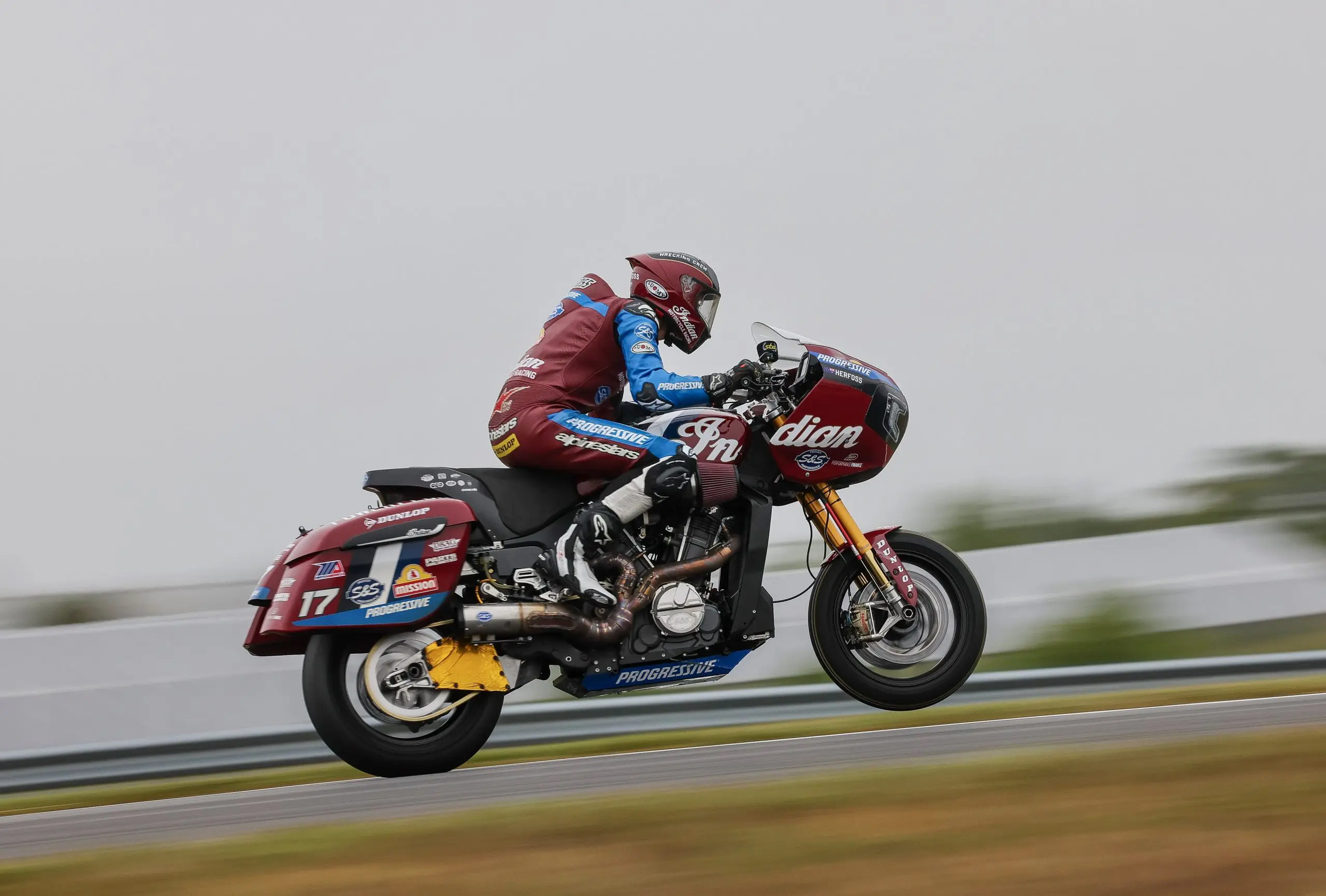
The Mission King Of The Baggers Championship is a uniquely American motorcycle road racing series. A “civil war on two wheels” of sorts, KOTB, both literally and figuratively, pits two legendary motorcycle manufacturers—Harley-Davidson and Indian Motorcycle—against each other in a championship that both brands, their teams, and their riders take very seriously, much to the amazement, entertainment, and delight of its ever-growing fan base.
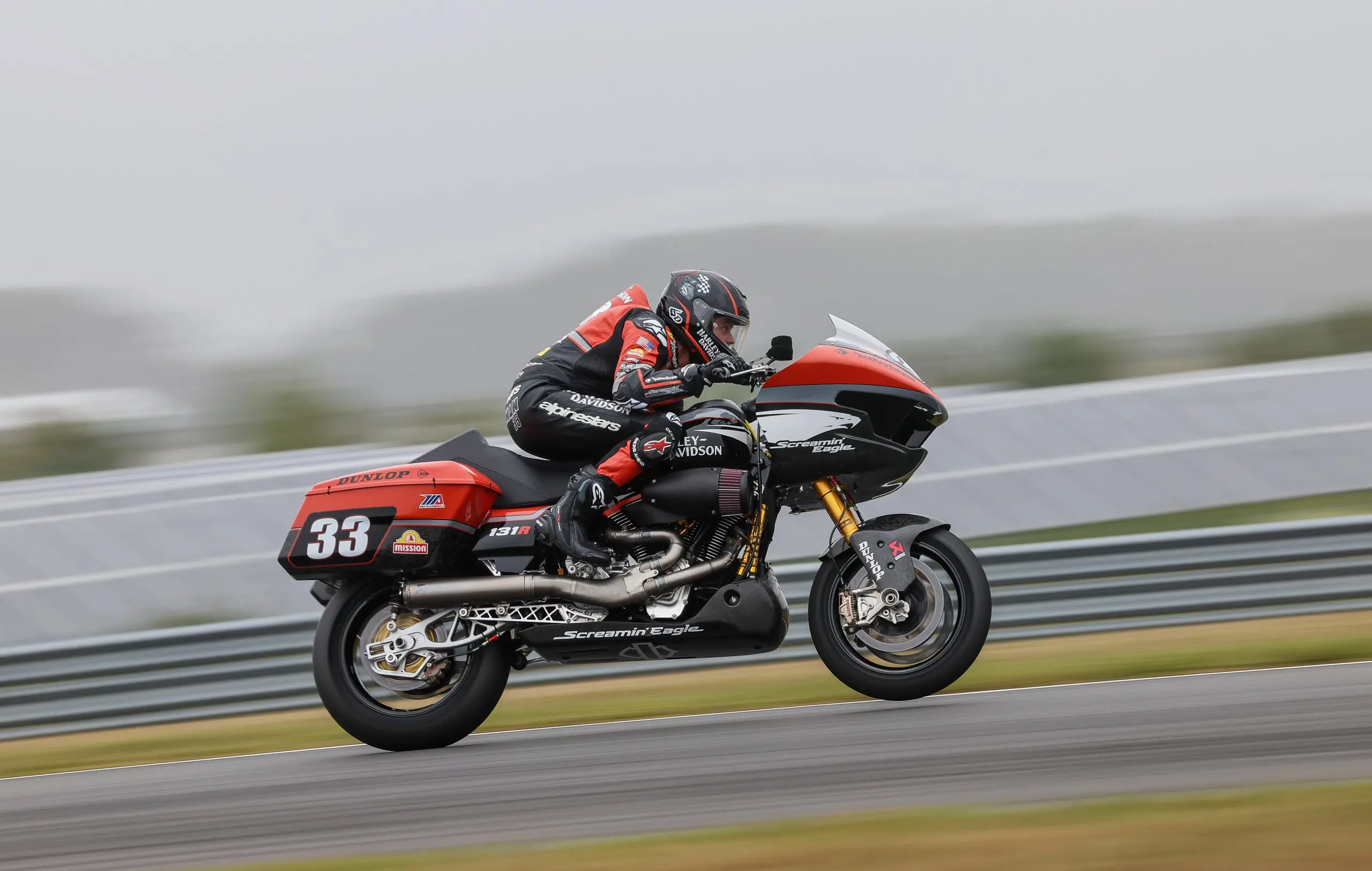
One of the things that makes KOTB so compelling is that, while the bikes that compete in the series are similar in a number of ways, it’s their differences that are most noteworthy.
Let’s start with the obvious: both the Harley-Davidson Road Glide and the Indian Challenger are, by design, touring-focused street motorcycles powered by V-twin engines. From there, things differ greatly.
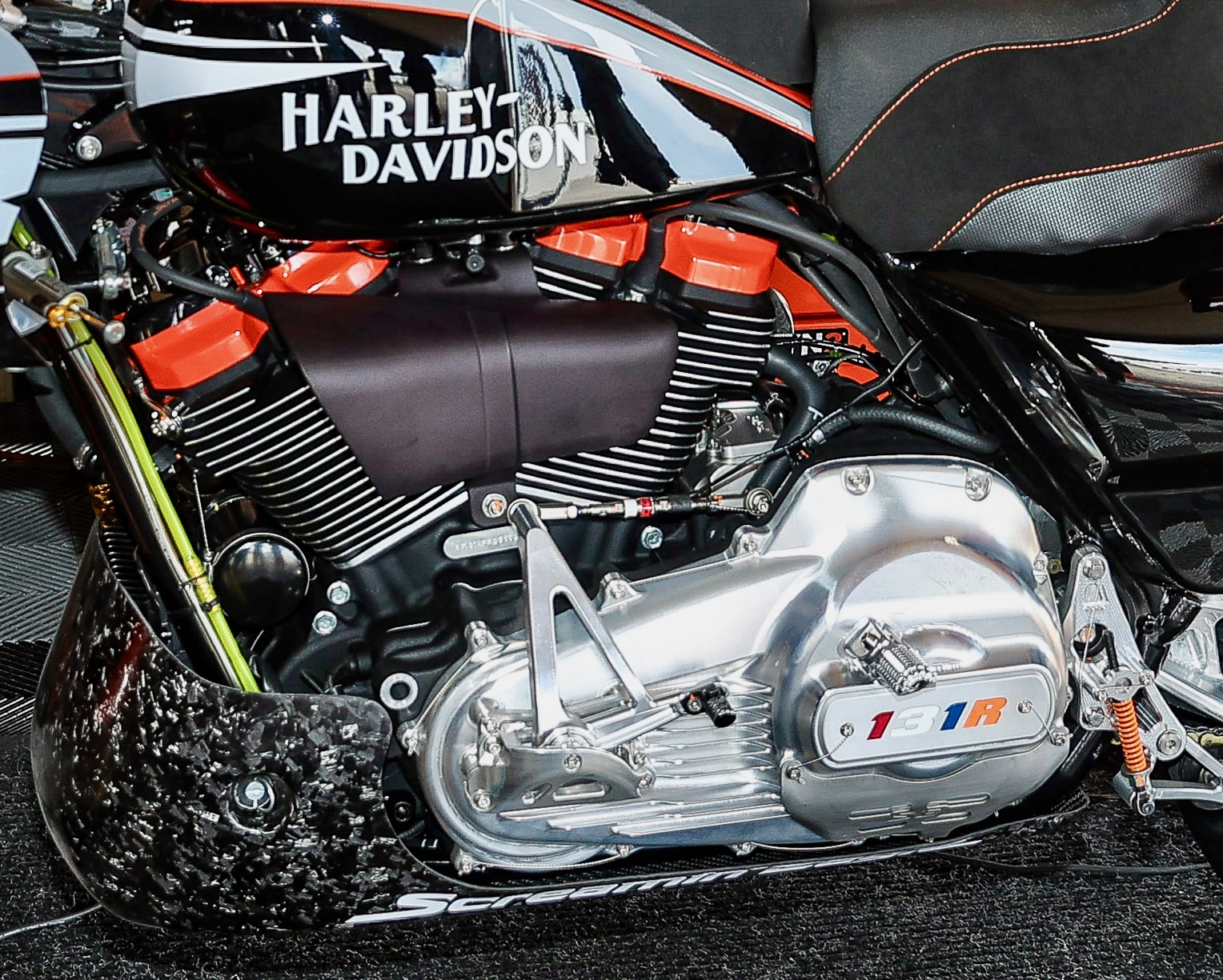
The Harley’s two engine cylinders are arranged in a 45° configuration with four valves per cylinder that are actuated by pushrods. The engine is cooled by a unique combination of air, oil, and even liquid. “Twin Cooling” circulates coolant (plain water in race trim) from a small radiator via an electric pump just to the two exhaust valves in each cylinder. Called a “Milwaukee-Eight,” the engine has a displacement of 131.95 cubic inches or 2,162 cubic centimeters.
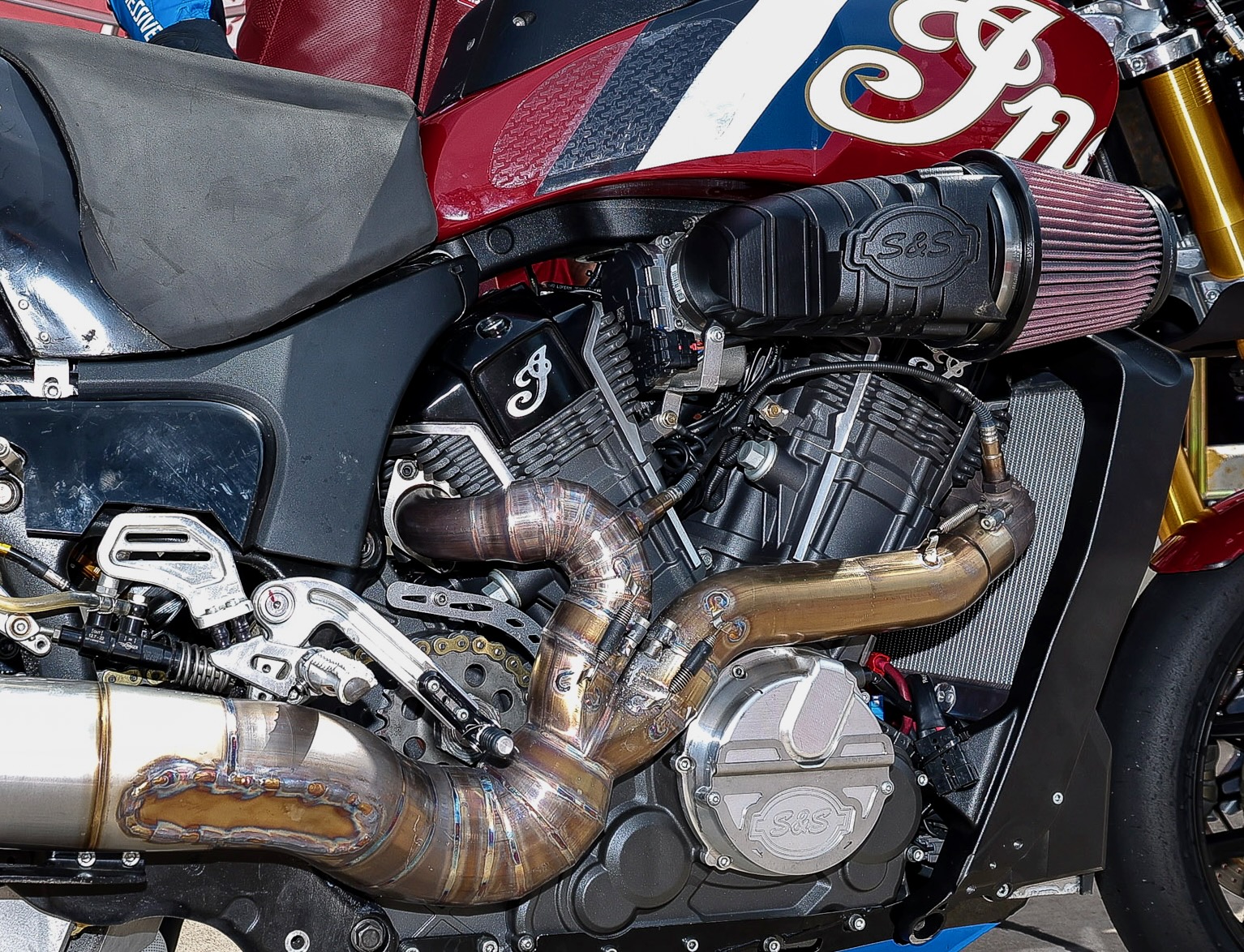
The Indian’s two engine cylinders are arranged in a 60° configuration with four valves per cylinder that are actuated by overhead camshafts. The engine is fully liquid-cooled with a large radiator that circulates coolant via an engine-driven pump to both cylinders and both pairs of intake and exhaust valves in each cylinder. Called a “PowerPlus,” the engine has a displacement of 112 cubic inches or 1,835 cubic centimeters.
Note that Indian Motorcycle’s PowerPlus engine is smaller in displacement than Harley-Davidson’s Milwaukee-Eight by nearly 20 cubic inches or 327 cubic centimeters.
To put that into perspective, a Yamaha YZF-R3 has an engine displacement of 19.55 cu inches or 320.4 cubic centimeters. Which means that the Harley engine has the equivalent of a Yamaha R3 in engine displacement over the Indian engine.
How, then, has Indian Motorcycle been able to win two out of the four Mission King Of The Baggers Championships thus far? Setting rider talent and skill aside, is the Indian PowerPlus the proverbial “little engine that could”?
Not hardly. Take even just a fleeting glance at an Indian Challenger KOTB bike, and there is nothing “little” about that engine.
There’s an old axiom, a mantra even, that’s well-known among muscle-car aficionados, hot rod builders, and motorheads, in general: “there is no replacement for displacement.”
Now, wait a minute. Not so fast, you with the engine grease under your fingernails and visions of fist-sized pistons dancing in your heads.
Recently, Gary Gray, Indian Motorcycle’s vice president of racing, technology, and service, spoke in a press conference about how his company has been able to win multiple KOTB championships with an engine of smaller displacement than Harley-Davidson’s.
“There is a replacement for displacement, and it’s rpm,” Gray colorfully noted.
Displacement: The Size Of The Engine
Displacement refers to the volume of air and fuel that an engine can ingest during each combustion cycle. It’s essentially the size of the engine’s cylinders. The larger the displacement, the more air and fuel the engine can burn, resulting in more power. However, as Gray alluded to, displacement alone isn’t the only factor determining power output.
RPM: The Speed Of The Engine
RPM stands for revolutions per minute, which measures how fast the engine’s crankshaft is rotating. The higher the RPM, the more combustion cycles occur per minute, leading to more power. However, engines do have a limited RPM range, and exceeding it can cause damage.
Balanced Racing
According to the rules and regulations of the Mission King Of The Baggers Championship, which are designed to balance the class and level the playing field, Harley-Davidson’s bikes are allowed a 7,000-rpm maximum limit while Indian’s bikes are allowed a 7,700-rpm maximum limit.
That extra 700 revolutions per minute is a big part of what enables the smaller Indian engine to keep up, and at times, surpass the performance of Harley’s bigger powerplant.
It’s all a carefully measured and calculated process led by MotoAmerica Technical Director Tige Daane to enable both similar, but also disparate, V-twin-powered American motorcycles to compete closely and fairly. And, by virtually all accounts, it’s working almost perfectly. The Mission King Of The Baggers Championship is a bona fide success and fan favorite.
For the full 2024 MotoAmerica schedule and to purchase tickets for MotoAmerica events, click HERE
For information on how to watch the MotoAmerica series, click HERE






